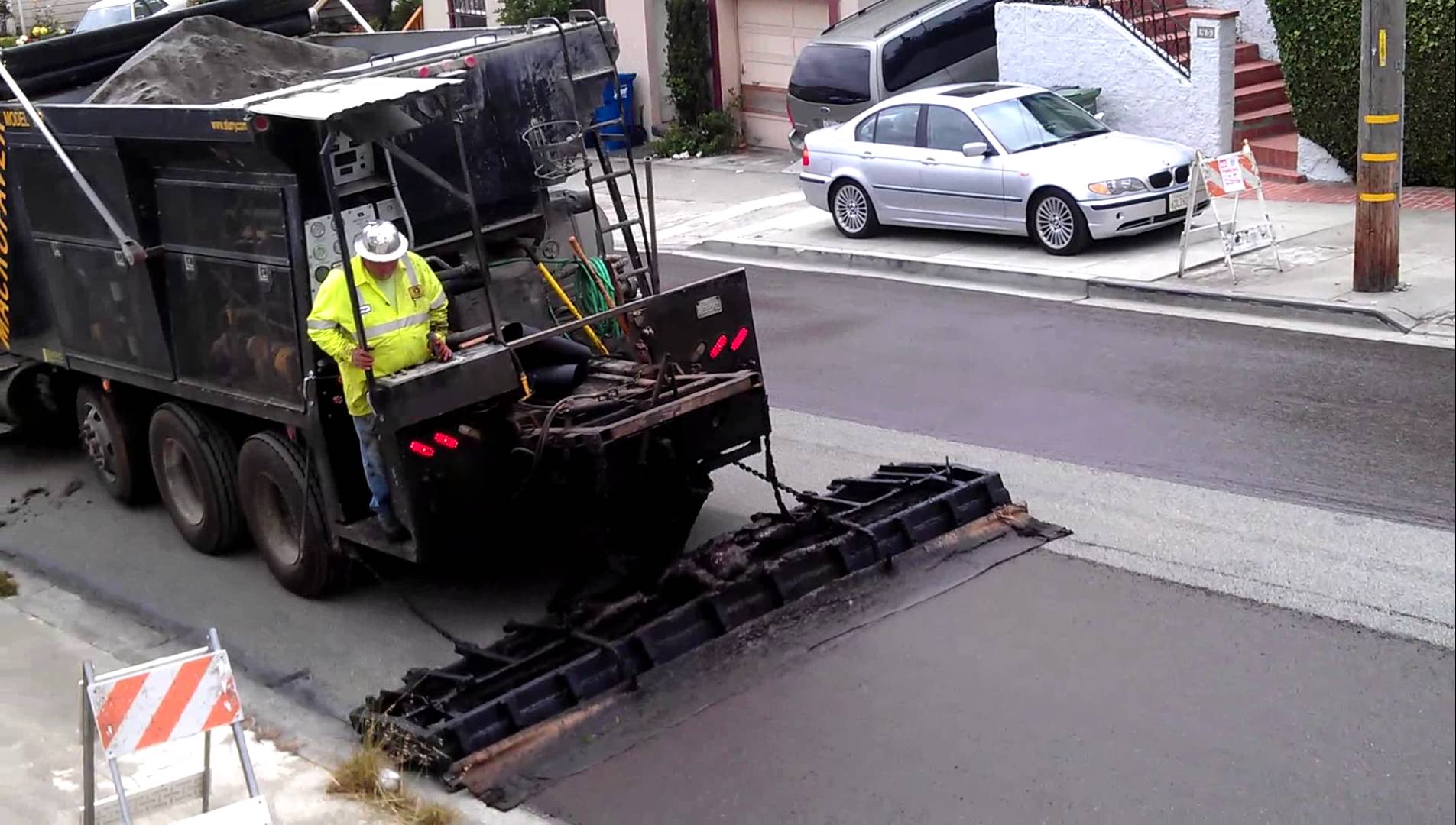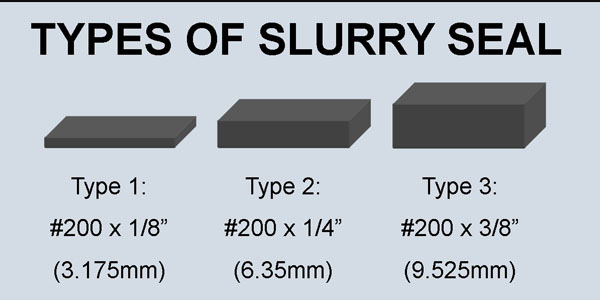Slurry Seal

Bitumen Emulsion for Slurry Seal
The asphalt surface of the roads can experience erosion, raveling, loss of aggregate,honeycombing, and sulphate attacks over time due to weather conditions such as frost, sunlight, heat, and also road salting, snow removal, as well as the effects of excessive loading and friction, especially caused by tire chains and snowplow blades. Failing to repair and install overlay asphalt in due time will allow damages to expand, leading to complete destruction of the road surface and even the underlying layers. The use of protective layers is recommended to prevent intensification of asphalt wear out, postpone overlay installation, maintain the existing conditions, and fill the cracks.
In addition to providing a suitable road surface, these layers will waterproof it and prevent the destruction of asphalt and its underlying layers. This is a cheap maintenance method that will ensure uninterrupted and secure operation of the roads. Different methods are recommended based on the degree of destruction, the weight and volume of traffic, and type of asphalt. These methods are inexpensive and can be employed early after or even before the beginning of asphalt pavement distress.
Slurry Seal is a cold mixture of fine graded aggregate, asphalt emulsion, mineral fillers, polymer and water applied to a pavement as a surface treatment. Slurry seal is used as both a preventive and corrective maintenance of asphalt pavement but is not intended to increase the structural strength of a pavement section. Our quality control staff works together with our customers to develop mix designs that enable us to provide you with the proper slurry seal oil for every application. The addition of polymers to our standard Slurry Seal oil increases durability and versatility.
A mixture of aggregates, water, CSS bitumen emulsion and filler (usually cement) that must be paved with special Slurry Seal paving machine. Slurry Seal not only fills the voids, but it helps the surface to be more resistant.
What is slurry surfacing?
Slurry surfacing is a thin dense-graded cold mixed overlay. Slurry seal are thin layers rich in asphalt used for residential streets, airports and in some countries for sidewalks and parking lots. Microsurfacing is a premium product based on specially selected aggregates and polymer modified asphalt emulsion. Microsurfacing is designed to be applied in thicker lifts for high trafficked areas.
How is a slurry seal or microsurfacing applied?
Normally, aggregate, emulsion, water, and filler such as cement are mixed in a mobile mix paver and the mixture which has a slurry-like consistency is allowed to fall into a ‘spreader box’ which distributes it over the road surface to a predetermined thickness. Slurry surfacings may also be hand applied. The slurry cures rapidly (typically within 1 or 2 hours) and traffic can be allowed on it.
What type of asphalt emulsion is suitable?
Cationic slow-setting emulsions are used. They are selected on the basis of a laboratory mix design process, which involves tests on the compatibility of the aggregate and the emulsion, and on the durability of the cured seals.
Slurry Seal applications and facts:
Type 1: Used in low traffic area such as private and residential roadways
Type 2: Most commonly used slurry. Used for moderate to high traffic roadways
Type 3: Used for high volume roads and heavier traffic

- It fills the surface voids.
- It hinders coarse and cracks problems of the surface.
- It fills the small cracks.
- It improves fractures of the surface.
- It improves the surfaces facing oxidation and coarse problems.
- The applying surface must be cleaned by a sweeper or blower machine without dust.
- If the surface has fast-growing cracks or big holes or the surface is completely damaged, we must not use this application.
- The thickness of this Sealing is about 3 to 10 mm dependent on the place condition and after about 2 hours, traffic can pass on it.
- It is better to apply Slurry Seal when the road surface temperature is at least 10°C and there isn’t any risk of freezing within the first 24 hours after implementation.
- Slurry Seal’s life time is 3 to 5 years. The fast paving process, usage of less aggregates, high resistance to future, preventing height difference between road surface and shoulder of the road as well as notable cost reduction are other main advantages of this application.

